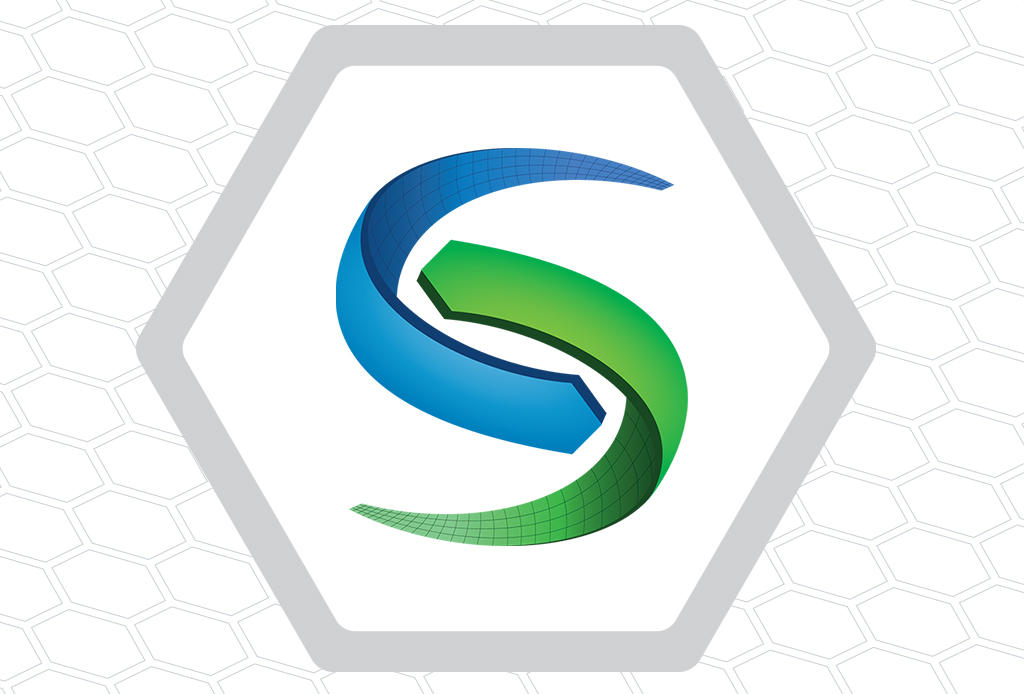SlicerSALT Surface Toolbox Revamp

SlicerSALT is an open-source, free, comprehensive software platform that allows biomedical scientists to precisely locate shape changes in their imaging studies. In order to perform statistical shape analysis it is necessary to perform mesh-level operations such as scaling, translating, smoothing or mirroring. For SPHARM-PDM, the method that seeded the SlicerSALT effort, all of these functionalities were contained in the MeshMath CLI.
This summer, in an effort spearheaded by Ben Wilson, we worked on a first phase to port much of MeshMath’s functionality into Slicer/SlicerSALT. Ben also improved the modularity of the Surface Toolbox by moving the filtering parts of the module to C++ CLIs that can also be found under the SurfaceModels >> Advanced menu as well as run non-interactively through the command line or through other extensions. The SurfaceToolbox also uses ParameterNodes now to help with saving, sharing and reusing filtering parameters.
The SurfaceToolbox allows concatenating filters, making it possible to run any or all of the filters at once. In the example below we (a) filter the surface normals to be consistently pointed outwards, (b) mirror it in the sagittal plane (x-axis), ( c ) fill an open hole in the surface and (d) scale to double its original volume.
Additionally, we can use the filters from the command line. This allows the use of the functionalities as part of scripts or in batch processing.
./SlicerSALT --launch FillHoles mandible-clip.vtp mandible-clip_out.vtp
The improved SurfaceToolbox is now included in both our new release of SlicerSALT 2.2.1, and in the preview release of Slicer. Moving forward, we will continue porting functionalities from MeshMath into SurfaceToolbox. If you have any preference on what should be ported first, please reach out to the SlicerSALT community!
During the summer of 2019, Ben Wilson was an intern at the Medical Computing Department at Kitware and as well as a raising senior of Chapel Hill High School, part of the AOIT. This work was supported by NIH National Institute of Biomedical Imaging Bioengineering R01EB021391 (Shape Analysis Toolbox for Medical Image Computing Projects).